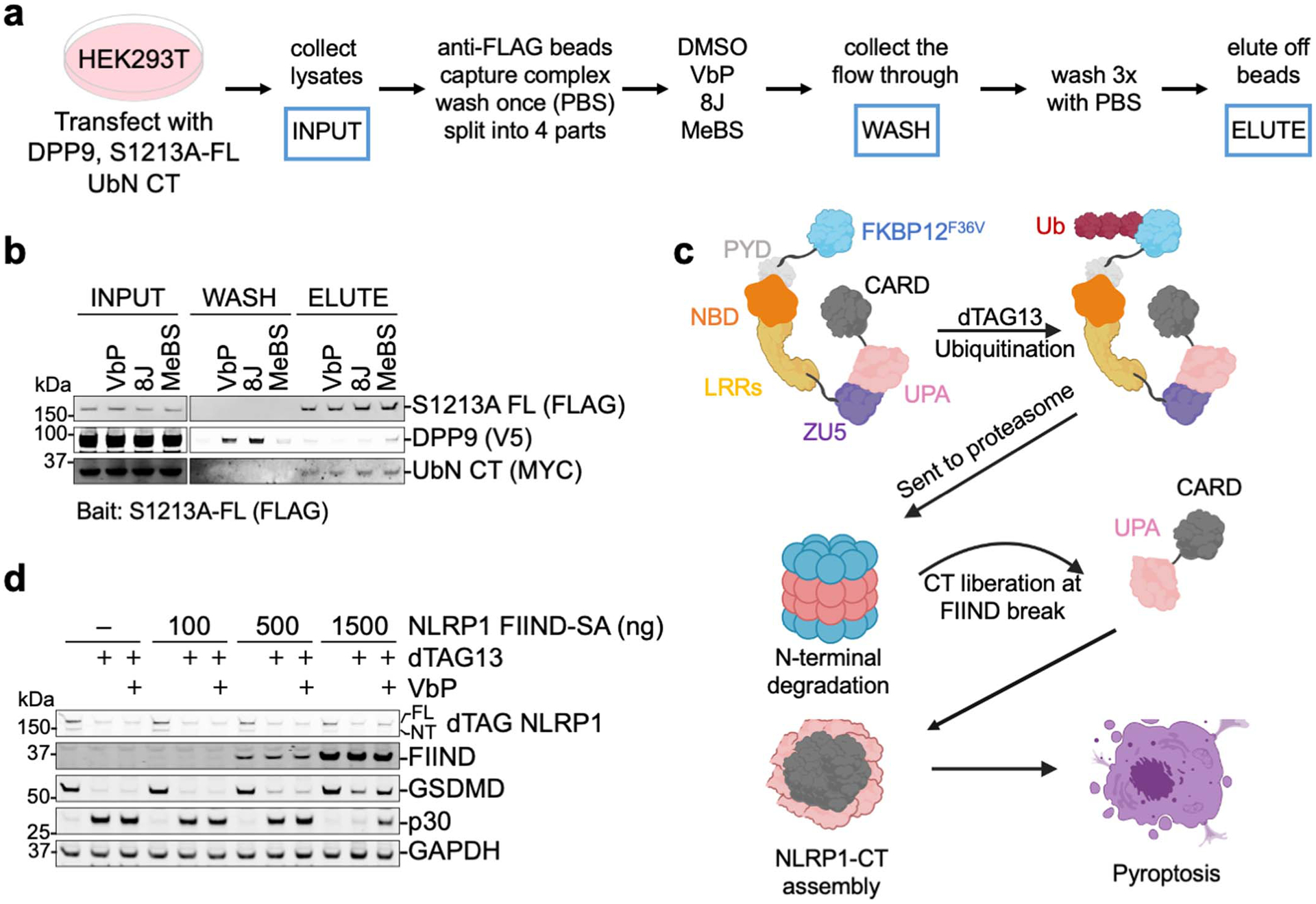Extended Data Fig. 8 |. The ZU5 domain and DPP9 sterically hinder UPA polymerization.

a, Modelling of a FIIND polymer using the observed UPAA-UPAB relationship. Adjacent ZU5 molecules would clash, suggesting that UPA polymerization cannot occur in complete FIIND. b, Modelled recruitment of free UPA adjacent to UPAA and UPAB in the ternary complex with DPP9. The additional UPA subdomain next to FINDA clashes with the ZU5 subdomain, and the additional UPA next to UPAB clashes with both DPP9 monomers in the complex, suggesting that DPP9 inhibits UPA oligomerization. c, A modelled UPA oligomer based on the near front-to-back interaction in the NLRP1-DPP9 ternary complex. In the model, the N-terminal tails of free UPAs are shown in either the UPAA (pink) or UPAB (magenta) conformation in complex with DPP9, but in reality, this conformation is likely to be different. d, Modelling of a UPA oligomer formed on one side of a FIINDA-CTB complex. The NLRP1-FIINDA-NLRP1-CTB binary complex can polymerize with freed NLRP1-CT. a-d, DPP9 is coloured in green, and NLRP1 domains are coloured as indicated.
